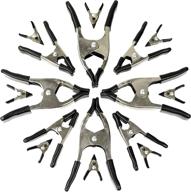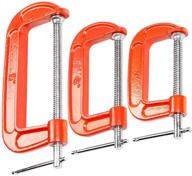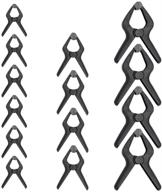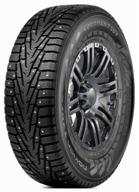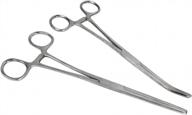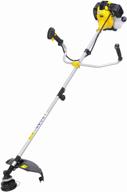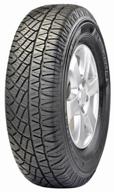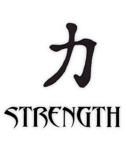
Review on 🔧 Yost Tools F10WW Front Vise: A Versatile Workholding Solution for Enhanced Productivity by Matt Welch

Decent Vises - Problems
These vises are imported and castings are fairly typical of 'imported' quality. They are slightly rough and have an "orange peel" effect on the metal. The vise itself is fine, but it would be advisable for the manufacturer to include a drilling template with the product. Of course, instead of drilling through the table itself, you can install this vise under your table by going under the plate instead of through it. I decided to drill through the 2x4 and 1x8 oak plank to reduce the depth of the vise. (see photos - these photos were taken before the wood was varnished). If you do this I would suggest increasing the hole sizes (all 3 pieces of wood in my case). First I drilled them all pretty tight on my drill press with Forstner bits. The bars pass clearly, with virtually no gaps. From this I found that the pieces of wood would bind together when stretched and retracted. By increasing the hole sizes, you'll save a lot of time (and hassle). It turned out that the jamming was caused by the vise itself, as it does not open and close evenly. Others have mentioned it. Mine is an eighth of an inch different even though it's perpendicular to my desk. Therefore, when the vise is closed, they do not close at a right angle, but straighten out after tightening. To install the vise on my 1.5″ thick table, I added another 1.5″ thick block (ref. 3″ below the height of the table top. Make sure you don't insert any fasteners where the guide rods Anything in all vises is acceptable for my purposes.If you need tight tolerances in what you need it for, this is it possibly the better choice. I hope this helps.
- Hand and Power Tools
- I will add later


